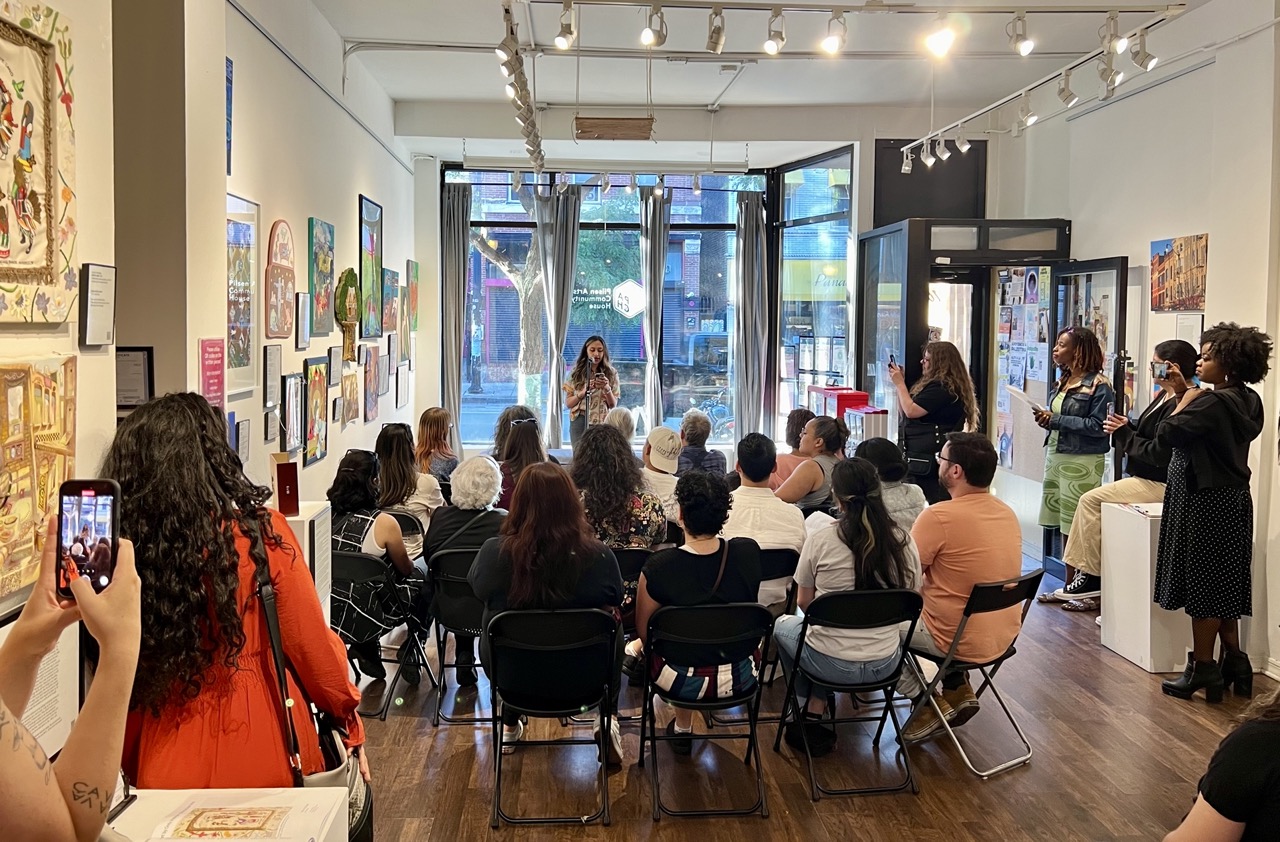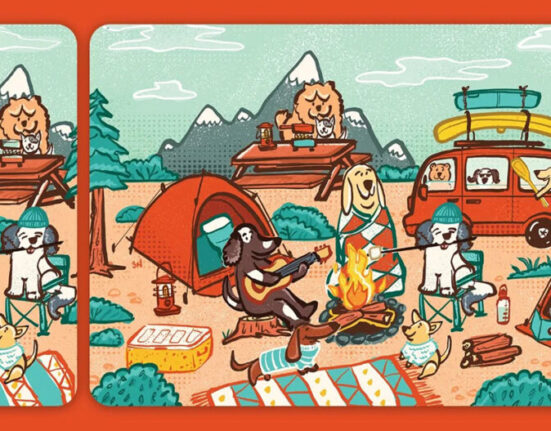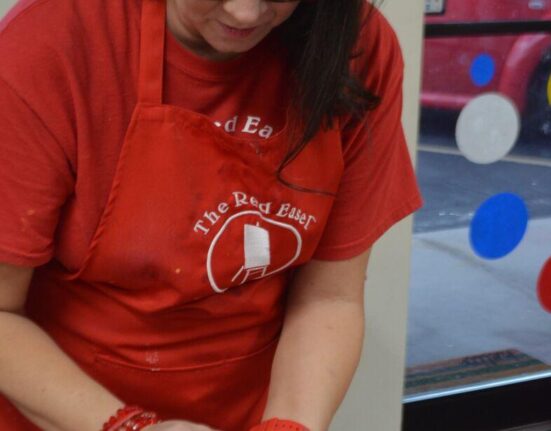A recent art exhibit at the Pilsen Arts Community House (PACH) on 18th Street, 1000 Words/ Home Not Home, in collaboration with Logan Square-based art organization, AnySquared Projects, paired poets and artists to speak on the theme of home and what it means for them as culture makers.
The exhibit’s first incarnation was created by AnySquared in 2023 as a response to the group being almost displaced out of their studio which they have had for fourteen years. In recent years, their landlord had been uncertain about whether he wanted to keep them as tenants. Around a year and a half ago, AnySquared’s rent went up by $900 per month, which they’ve managed to find a way to pay for now.
For the artist collective, this near-displacement experience became the central theme which guided their exhibit. Co-founder Tracy Kostenbader said of the exhibit, “The group decided to make the statement together and take this issue up because it’s something [close to the heart of] all the people in the organization. Displacement and the idea of belonging and not belonging. And the idea of where do we fit in the world?”
As described on the website about the exhibit, “Home Not Home investigates various themes including: belonging/ not belonging, freedom/ captivity, safety/ danger, comfort/ discomfort, inclusivity/ exclusivity, building/ destroying, and place/ displacement. Home Not Home aims to demonstrate that while the concept of home is universal, the experience is very personal.”
Soon after the first showing at the Agitator Gallery last summer, AnySquared asked PACH, a Pilsen-based arts organization which hosts weekly events in the form of workshops, meditation classes, and exhibits to collaborate on a new version of the exhibit. The exhibit was planned among PACH co-founders Teresa Magaña and Pablo Ramirez and AnySquared’s Kostenbader and Tatianna Howard.
Through an open submission form, 110 writing submissions came in November of last year, which was eventually curated into thirty-six pieces. The organizers saw the process as collaborative and natural, as they have always had similar connections in mission and shared artists in their projects.
Magaña and Ramierez related to the project too. PACH’s original location was on 21st and Damen, known then as the Pilsen Outpost. They were notified their rent would increase soon and decided to move.
The landlord of their current space on 1637. W 18th Street offered them a more affordable rent so they moved there soon after. The organization helps foster more opportunities to benefit the community through educational events and a permanent space for Pilsen artists to gather. They became a non-profit in 2021.
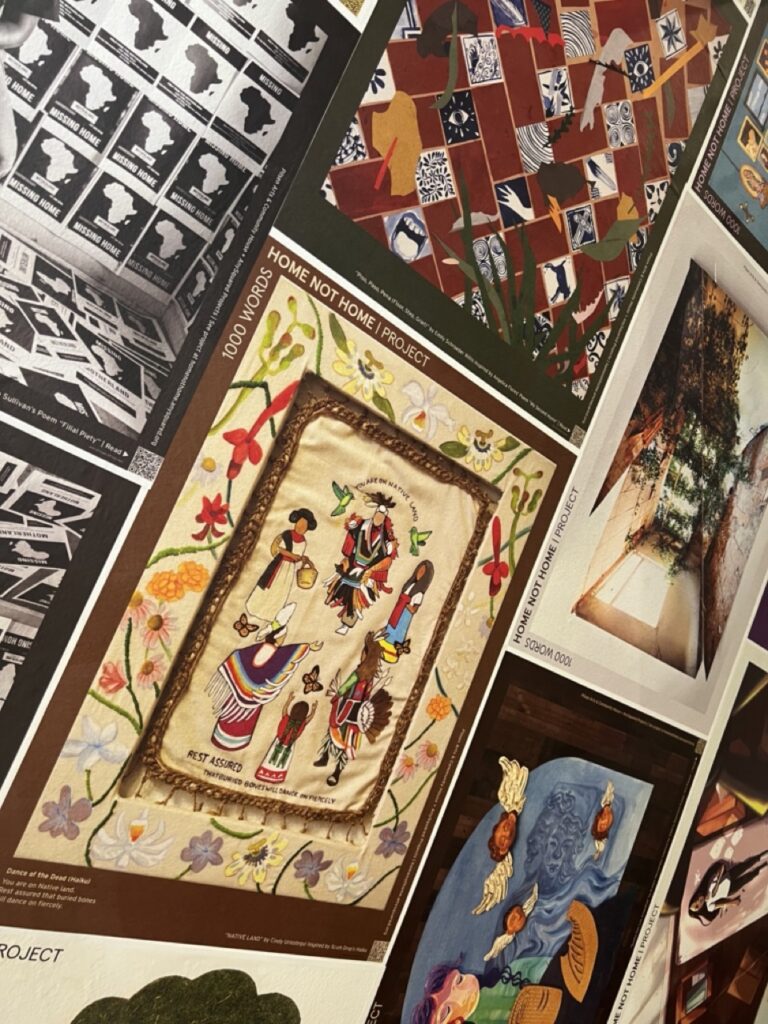
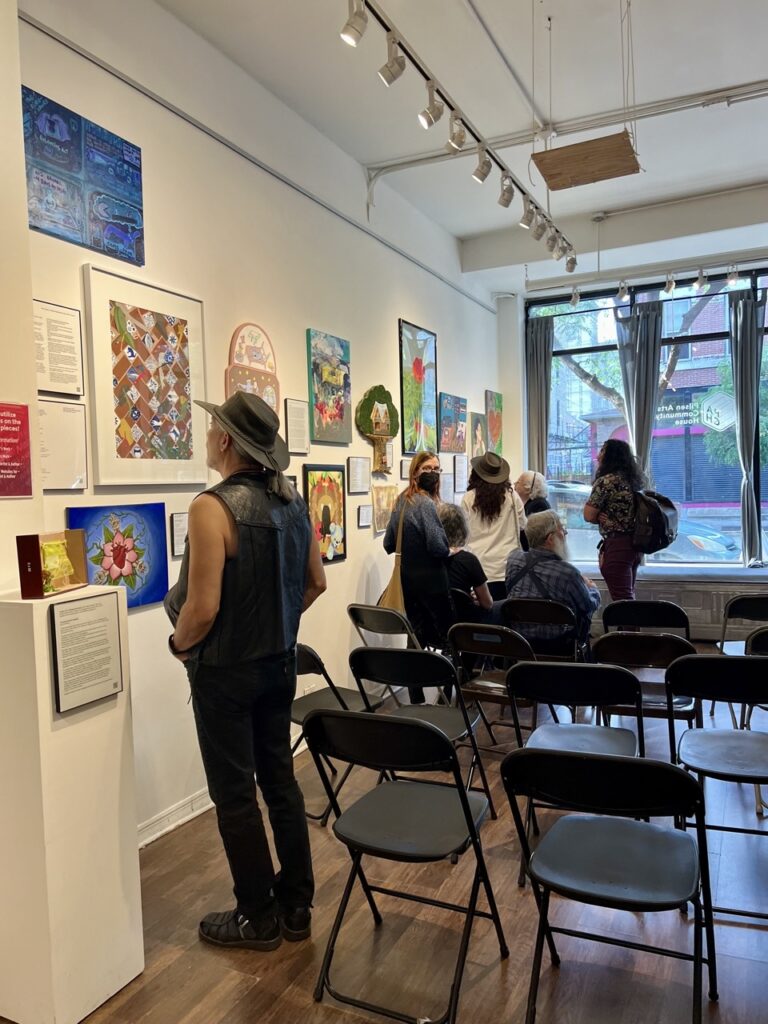
“We’ve questioned ourselves here (in Pilsen). It’s our home, but sometimes it doesn’t feel like our home,” said Magaña. “And we’re very conflicted sometimes with some of these changes that are going on. Yeah, we deserve to have nice things. Yeah, we deserve to have money invested into our community. But the conflicting part is how it’s been invested in our community.”
To celebrate the exhibit’s closing on June 2, PACH and AnySquared hosted an author’s night open to the general public. Seven poets and writers read their poems and concluded with open-mic opportunities. One of the writers, Valeria Osornio, from Little Village and Pilsen, read her prose piece out loud, “It’s Fiesta.”
Artists and writers expressed their fears, recollections and dreams of what home means to them in the face of forces that could displace them. Paintings, collages, and sculptures hung around the walls of the gallery paired with a framed poem alongside them. Some work presented a colorful, sentimental tone to the theme of home, while others were more critical of it.
In recent decades, Pilsen and many Chicago neighborhoods have been affected by gentrification. For some of the poets and artists, it was an opportunity to challenge or release their frustrations about this damaging trend.
“We have been able to have many talks and presentations with grammar, high school, and university students, informing them of the parallel lives that are lived in Pilsen due to gentrification,” Magaña said of PACH.
Clay Cofre, a contributing poet, faced the effects of gentrification when they were pushed out of their home in Albany Park. Now living in Irving Park, they wrote their poem as an angry critique of gentrification of their home neighborhood.
“My piece is about gentrification, when you’re talking about home and belonging, there also has to be the other side of mentioning when your home gets stripped from you or when you don’t belong in a place that was previously built for you,” Cofre said.
Others focused on familial memories or even inward into themselves. For these writers, the idea of love resonated often with the theme of home. For Aryn Hills, his prose piece, “Love Insurance,” discusses the idea of finding a metaphorical home focused on love.
Alanis Zoë Castillo Caref’s poem, “How do you say, not single, not taken, not a box, or a paper,” approaches love and home with a critical but personal lens. “Being polyamorous, so what it means to be with multiple people,” said Caref about the poem. “How do you express love in that way and how that conflicts with getting married or trying to get your citizenship or immigration, long distance love with someone from a different country. How do you express those kinds of love?”
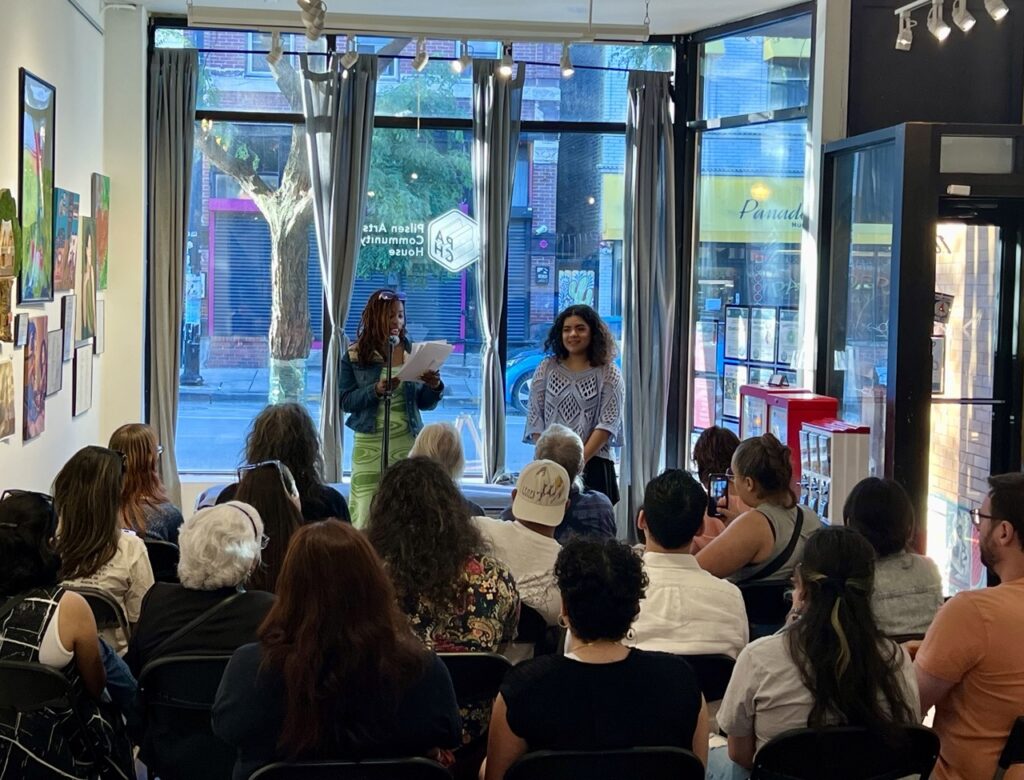
The event was also in memoriam for a contributing poet who passed away unexpectedly in April. Spencer Hutchinson was a Chicago-based multimedia visual and sound artist with a BFA from the Art Institute of Chicago and an MFA from the University of Chicago. He had read at PACH’s writers’ event in February and told organizers he was excited to read again.
“A lot of the time, closing shows are secondary. But we were purposeful to give the authors a special night to feature them [since] visual artists are always on display,” Ramirez said.
✶ ✶ ✶ ✶
Cesar Toscano graduated from Columbia Chicago with a B.A in Creative Writing and found love for journalism during his last year of college editing for the Columbia Chronicle. He is going to the University of Illinois Springfield this fall to continue studying journalism. This is his first contribution to the Weekly.

